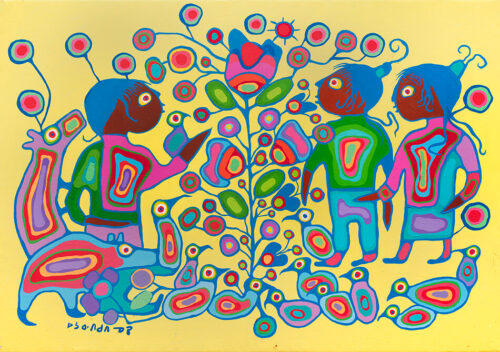
The Smithsonian provides a long-form story about the sort of open fraud that probably deserves far more attention, especially as we debate plagiarism rising due to AI.
Morrisseau, though justifiably incensed [in 2001 about massive scale theft], wasn’t surprised that imitations of his work were being sold as authentic on the open market. As early as 1991, the Toronto Star reported the artist was complaining about being “ripped off” by fraudsters. But for years Canadian law enforcement did little to investigate the artist’s claims that forgers were imitating his work. Eventually, in the face of this inaction, Morrisseau’s lawyers advised him to notify galleries and auctioneers that they were selling fakes and warn them that they could be the subject of a court injunction, civil action or criminal complaint. Still the sales went on.
It wasn’t until this past year, more than 15 years after the artist died from complications related to Parkinson’s, that an unlikely consortium of investigators, led by a homicide cop from the small city of Thunder Bay, Ontario, finally exposed the scheme to defraud Morrisseau. Not even the artist himself could have imagined the scale of the fraud, which in both the number of forged paintings and the profits made from their sale was likely the biggest art fraud in history—not in Canada or North America but anywhere in the world.
Spoiler alert: a lack of any serious investigation by Canadian authorities facilitated long time exploitation and abuse of indigenous children.
Under Lamont’s direction, youths and other Indigenous people in Thunder Bay were paid—or forced at threat of violence—to create Morrisseau look-alikes by the hundreds.